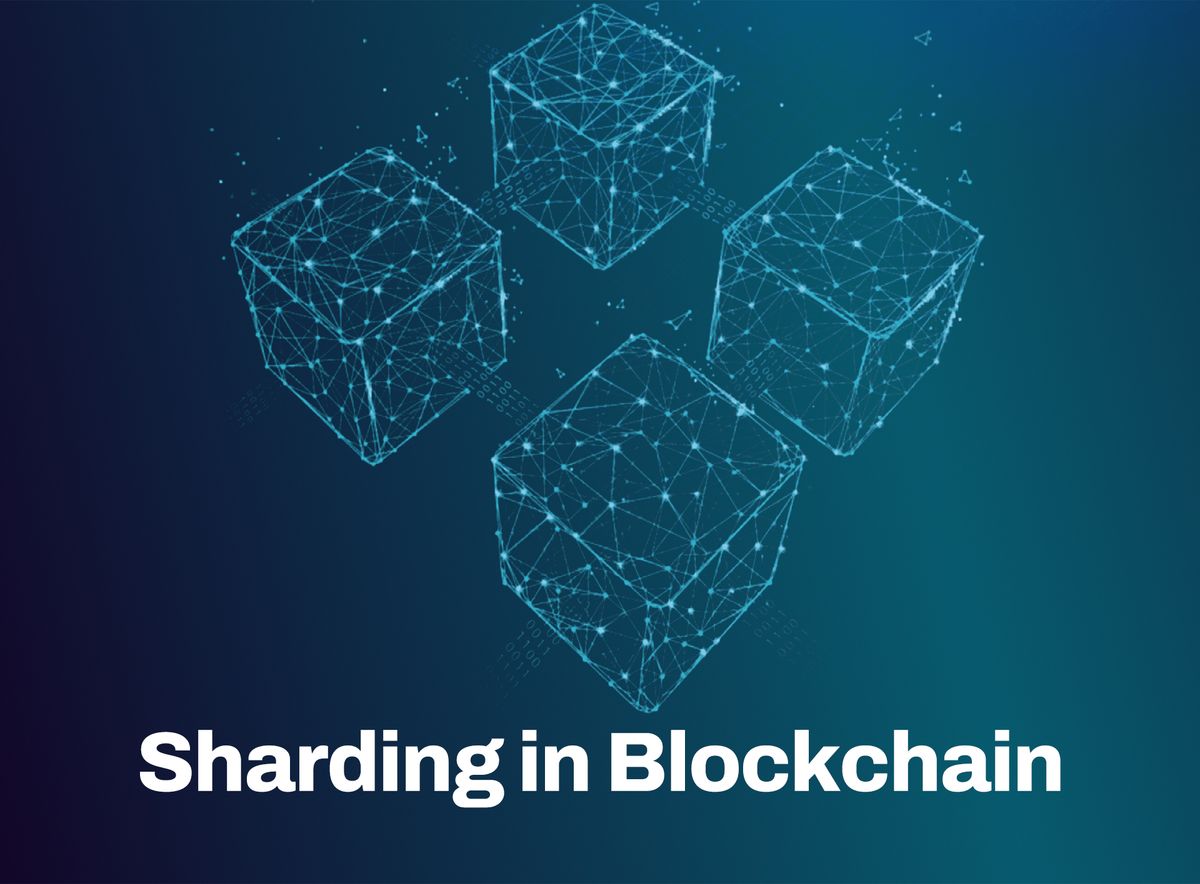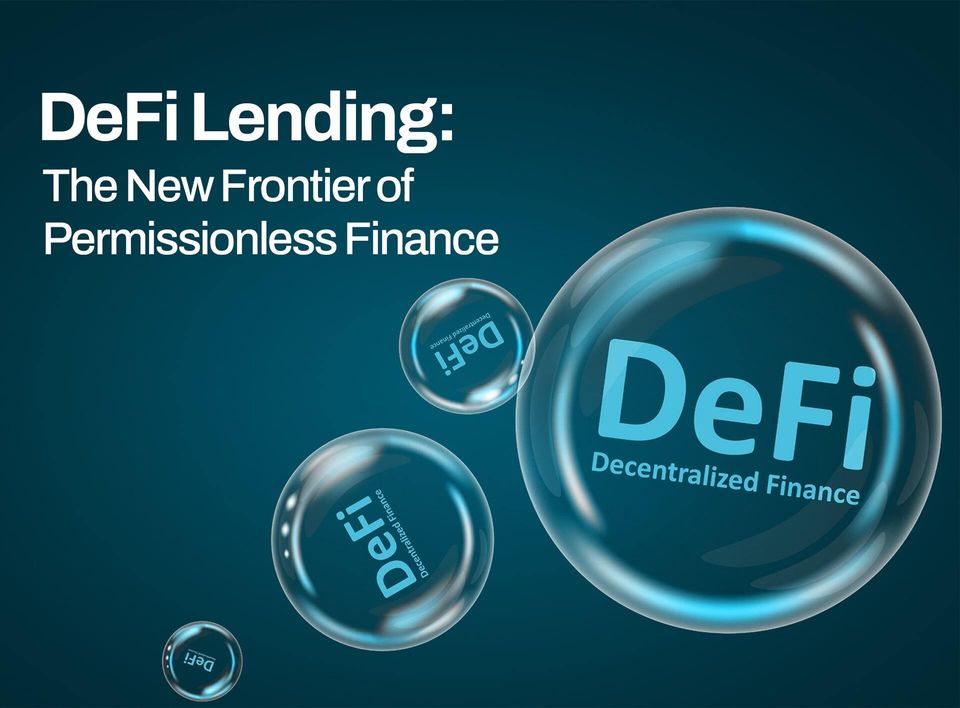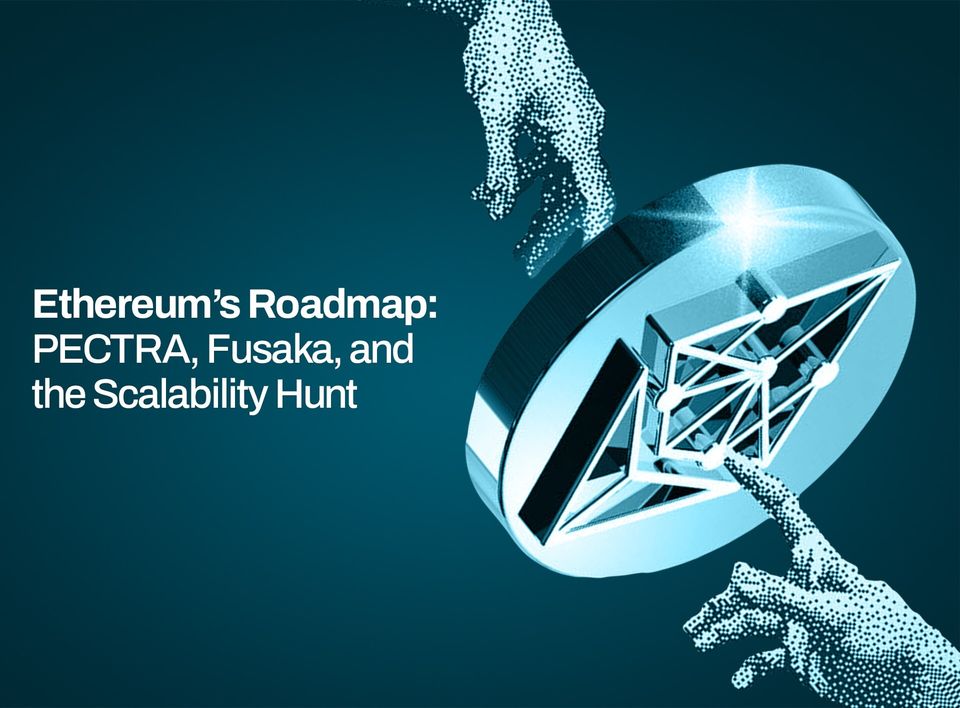What is Sharding in Blockchain?
Learn how sharding works and how it helps networks like Ethereum process transactions faster.

TABLE OF CONTENTS:
1. Introduction
2. What is Blockchain?
3. The Need for Scalability
4. How Does Sharding Work?
5. Advantages of Sharding
6. Challenges and Limitations of Sharding
7. Notable Examples of Sharding
8. Closing Thoughts
9. FAQs
Blockchain technology has been making waves in various industries, promising transparency, security, and decentralisation in all sectors that have integrated its system.
However, as blockchain networks grow, they need help handling more work without things getting too complicated or breaking down.
One innovative solution to this problem that blockchain platforms are coming up with to ensure their systems grow smoothly without everything falling apart is sharding.
In this article, we’ll look at what sharding is and its essential role in blockchain technology. But first, let’s look at what blockchain is.
What is Blockchain?
Blockchain is an innovative technology like a digital ledger, keeping track of transactions securely and transparently. It could be described as a chain of blocks, where each block contains data and is linked together, forming a chain.
However, what makes blockchain unique is its decentralised nature. Instead of one central authority controlling everything, like a bank, blockchain is distributed across many computers or nodes. This means no single entity has control, making it more secure and trustworthy.
Another important aspect is that once a block is added to the chain, it's tough to alter or tamper with, ensuring data integrity. Blockchain is famous for powering cryptocurrencies like Bitcoin and Ethereum, but its capability goes far beyond that. It's also being used in various industries, from finance to healthcare, for its ability to simplify processes, reduce fraud, and increase transparency.
The Need for Scalability
As more users engage with blockchain networks, the system can become overloaded, resulting in slow transaction processing and higher fees. This is why the system needs scalability.
Scalability is the ability of a blockchain network to handle increasing transaction volumes without compromising its speed or efficiency. Without scalability, blockchain networks may become impractical for widespread use.
For instance, Bitcoin, the first and most well-known cryptocurrency in the blockchain, can only process about seven transactions per second (tps), whereas Visa, a traditional payment system, can handle thousands of transactions per second. This glaring difference points out the urgent need for scalability in blockchain technology.
As more industries and applications seek to use blockchain for various purposes, such as supply chain management, voting systems, and decentralised finance (DeFi), the demand for scalability becomes even more pressing.
That is why addressing scalability challenges is important for blockchain to fulfil its promise of transforming various sectors and genuinely becoming a transformative force in the digital age.
What is Sharding?
Sharding helps blockchain networks handle lots of transactions more efficiently. Instead of every computer in the network trying to process every transaction, sharding splits up the work. Each small group of computers called a shard, only deals with certain transactions. By doing this, the whole network can handle more transactions at once, making everything faster and cheaper.
For example, Ethereum is currently working on sharding to increase its capacity, hoping to process thousands of transactions per second, compared to the previous limit of about 30.
How Does Sharding Work?
Let's look at the various components that make up the sharding process and how they work:
1. Shard Chains:
Each shard chain handles its own transactions, reducing the workload on the entire network. So, instead of one long line at the checkout, we have multiple shorter lines, making the process much faster.
2. Shard Validators:
In sharding, each shard chain has its own set of validators responsible for confirming transactions within that shard. These validators ensure that everything is running smoothly and that transactions are valid. By distributing the validation process across different shards, we prevent blockages and speed up transaction processing.
3. Cross-Shard Communication:
Cross-shard communication allows different shard chains to interact with each other. This means a transaction involving multiple shards can still work together seamlessly. Cross-shard communication ensures that transactions involving various parts of the blockchain can still be processed efficiently.
Advantages of Sharding
1. Scalability Boost:
Sharding in blockchain brings a massive scalability boost. It splits up the work, allowing more transactions to happen at the same time so more people can use it without slowing it down.
2. Enhanced Speed:
With sharding, transactions can be processed immediately. Each shard works on its own set of transactions, speeding up the whole process.
3. Lower Costs:
Because sharding makes transactions faster and more efficient, it can lower fees, making it cheaper for users to send money or use decentralised applications.
4. Increased Decentralisation:
Sharding helps maintain decentralisation by spreading out the work of verifying transactions across different shards. This prevents any single part of the blockchain from becoming too powerful or vulnerable to attacks.
5. Better Resource Management:
Sharding allows blockchain networks to use resources more efficiently. Instead of every computer in the network having to process every transaction, each shard only handles a portion of them. This means less computing power is needed overall, making it easier for smaller devices to participate in the network.
Challenges and Limitations of Sharding
1. Scalability Concerns:
One primary concern of sharding is the scalability bottleneck, where the system's efficiency may degrade as the network grows. Despite the workload distribution across shards, certain operations still require coordination among all shards, possibly limiting scalability benefits.
2. Security Risks:
While sharding aims to enhance network efficiency, it introduces security risks. Shards operate semi-autonomously, raising concerns about the integrity of transactions across the entire network. Without proper consensus mechanisms and cryptographic protocols, criminals could exploit vulnerabilities in individual shards, compromising the security of the entire blockchain.
3. Data Synchronisation:
Maintaining consistency and synchronisation of data across shards poses another significant challenge. As transactions occur independently within each shard, ensuring all shards have consistent and up-to-date information becomes substantial. Inadequate synchronisation mechanisms may lead to discrepancies and conflicts, compromising the reliability and durability of the blockchain.
4. Cross-Shard Communication:
Efficient communication between shards is important for seamless transaction processing. However, enabling cross-shard communication while maintaining security and decentralisation is complicated. Inter-shard transactions require coordination and verification, potentially introducing delays and overhead. Ensuring fast and secure cross-shard communication remains a critical challenge for sharded blockchains.
5. Shard Availability and Reliability:
The availability and reliability of individual shards impact the overall strength of the blockchain network. Sharding introduces dependencies among shards, making the system vulnerable to failures or attacks targeting specific shards. Ensuring high availability and fault tolerance across all shards is necessary to prevent disruptions and maintain the uninterrupted operation of the blockchain.
6. Shard Overload:
Uneven workload distribution among shards can lead to shard overload, where certain shards become overwhelmed with transaction processing. This imbalance can degrade performance and increase dormancy for transactions assigned to overloaded shards.
Notable Examples of Sharding
1. Ethereum 2.0 (Eth2):
Ethereum, one of the most popular blockchain platforms, is implementing sharding to solve its scalability issues. With the Ethereum 2.0 upgrade, the network aims to achieve faster transaction processing and higher output. Sharding in Ethereum 2.0 involves splitting the network into smaller groups called shards, each capable of processing its transactions.
For instance, instead of every computer on the network processing every transaction, only a subset of nodes handles transactions within a shard. This division reduces the burden on individual nodes, allowing more transactions per second to co-occur across the network.
2. Zilliqa (ZIL):
Zilliqa is another blockchain platform that has implemented sharding to enhance scalability. By dividing the network into smaller groups of nodes called shards, Zilliqa can process transactions in parallel, increasing its output. Zilliqa's sharding mechanism is designed to adjust the number of shards based on network demand, ensuring efficient resource utilisation.
As a result, Zilliqa claims to achieve higher output than traditional blockchain platforms, with the ability to process hundreds of transactions per second. This scalability feature makes Zilliqa suitable for various decentralised applications requiring fast and scalable transaction processing.
3. Elrond (EGLD):
Elrond is a blockchain platform that uses sharding to address scalability challenges while maintaining high security and decentralisation. Elrond's Adaptive State Sharding mechanism actively adjusts the number of shards based on network conditions, ensuring optimal performance.
By processing transactions in parallel across multiple shards, Elrond can achieve high output, potentially processing thousands of transactions per second. Elrond also employs a Secure Proof of Stake (SPoS) consensus mechanism to secure the network and prevent malicious activities.
Elrond aims to provide a scalable and efficient blockchain infrastructure for various applications, including decentralised finance (DeFi) and digital payments, through its sharding implementation and innovative consensus algorithm.
4. Harmony (ONE):
Harmony is a blockchain platform that employs sharding to achieve scalability without compromising security or decentralisation. Harmony's sharding technique divides the network into smaller groups of nodes called shards, allowing for parallel transaction processing.
With its Effective Proof of Stake (EPoS) consensus mechanism, Harmony ensures fast and secure block finality, enabling quick confirmation of transactions. By using sharding and efficient consensus algorithms, Harmony claims to achieve high output, capable of processing thousands of transactions per second.
This scalability feature makes Harmony suitable for various use cases, including decentralised applications (dApps), gaming, and supply chain management.
Closing Thoughts
Sharding holds great promise for the future of blockchain technology, offering a scalable solution to accommodate the growing demands of decentralised applications and networks.
By dividing the workload and increasing efficiency, among a lot of other possibilities, sharding paves the way for widespread blockchain adoption across various industries.
FAQs
Q1. Is sharding only applicable to public blockchains?
A1. Sharding can be implemented in both public and private blockchain networks, depending on the specific use case and requirements.
Q2. Does sharding compromise security?
A2. Properly implemented, sharding does not compromise security. However, developers must carefully design shard communication and consensus mechanisms to maintain network integrity.
Q3. Can existing blockchains be upgraded to support sharding?
A3. Yes, existing blockchains can be modified or upgraded to incorporate sharding functionality, although the underlying protocol may require significant changes.
Q4. What happens if one shard fails?
A4. While individual shard failures may occur, the overall network remains operational. Proper redundancy measures and failover mechanisms can reduce the impact of shard failures.
Q5. How does sharding affect transaction fees?
A5. Sharding can reduce transaction fees by increasing the network's output and efficiency, leading to lower user costs.
Q6. Is sharding a new concept?
A6. Sharding has been explored in computer science and database management for decades but has gained significant attention in the context of blockchain technology in recent years.
Q7. Can sharding be combined with other scaling solutions?
A7. Yes, sharding can be combined with other scaling solutions, such as off-chain processing or layer 2 protocols, to further enhance blockchain scalability.
Q8. Does sharding require specialised hardware?
A8. While specialised hardware can enhance performance, sharding can be implemented on standard hardware infrastructure, making it accessible to a wide range of users.
Q9. Have there been successful implementations of sharding in blockchain networks?
A9. Several blockchain projects, including Ethereum 2.0, Zilliqa, and Harmony, are actively working on implementing or experimenting with sharding to improve scalability.
Q10. What are the potential drawbacks of sharding?
A10. While sharding offers significant benefits, it introduces complexities such as shard coordination, data availability, and security considerations that must be carefully managed during implementation.
Disclaimer: This article was written to provide guidance and understanding. It is not an exhaustive article and should not be taken as financial advice. Obiex will not be held liable for your investment decisions.




